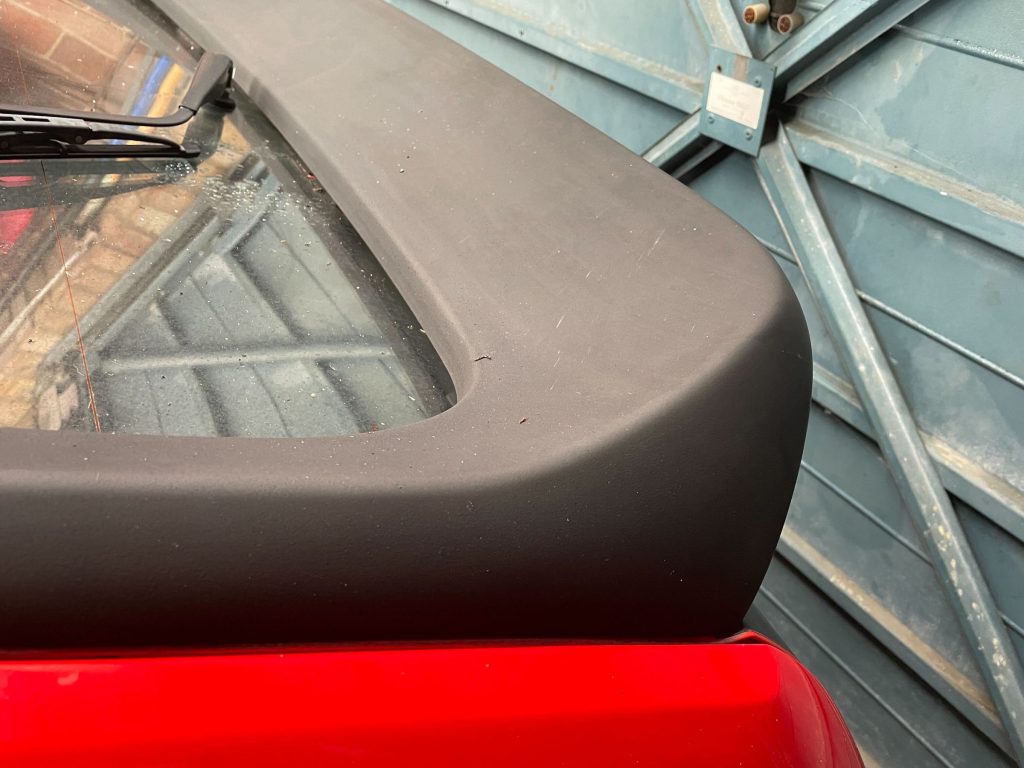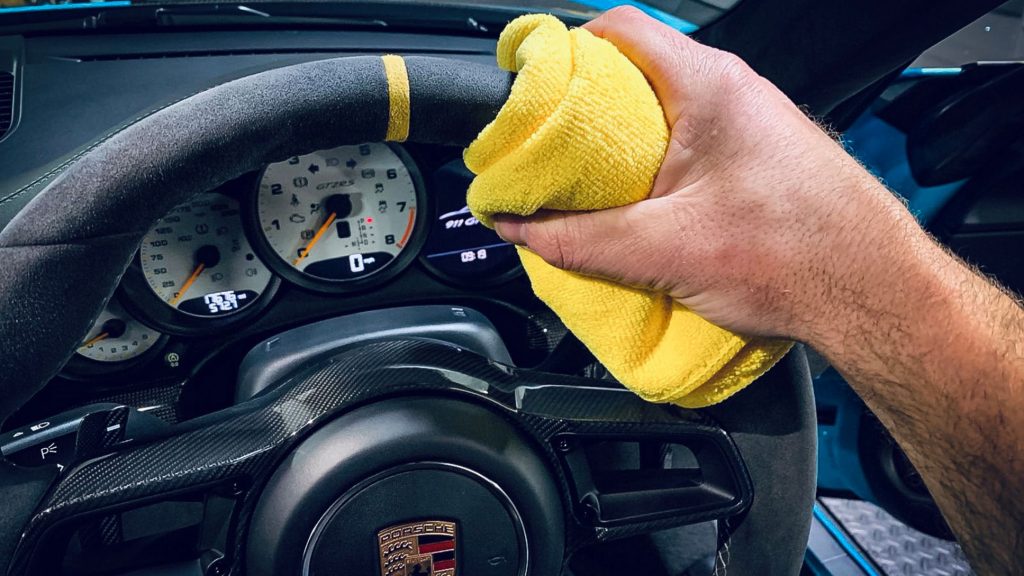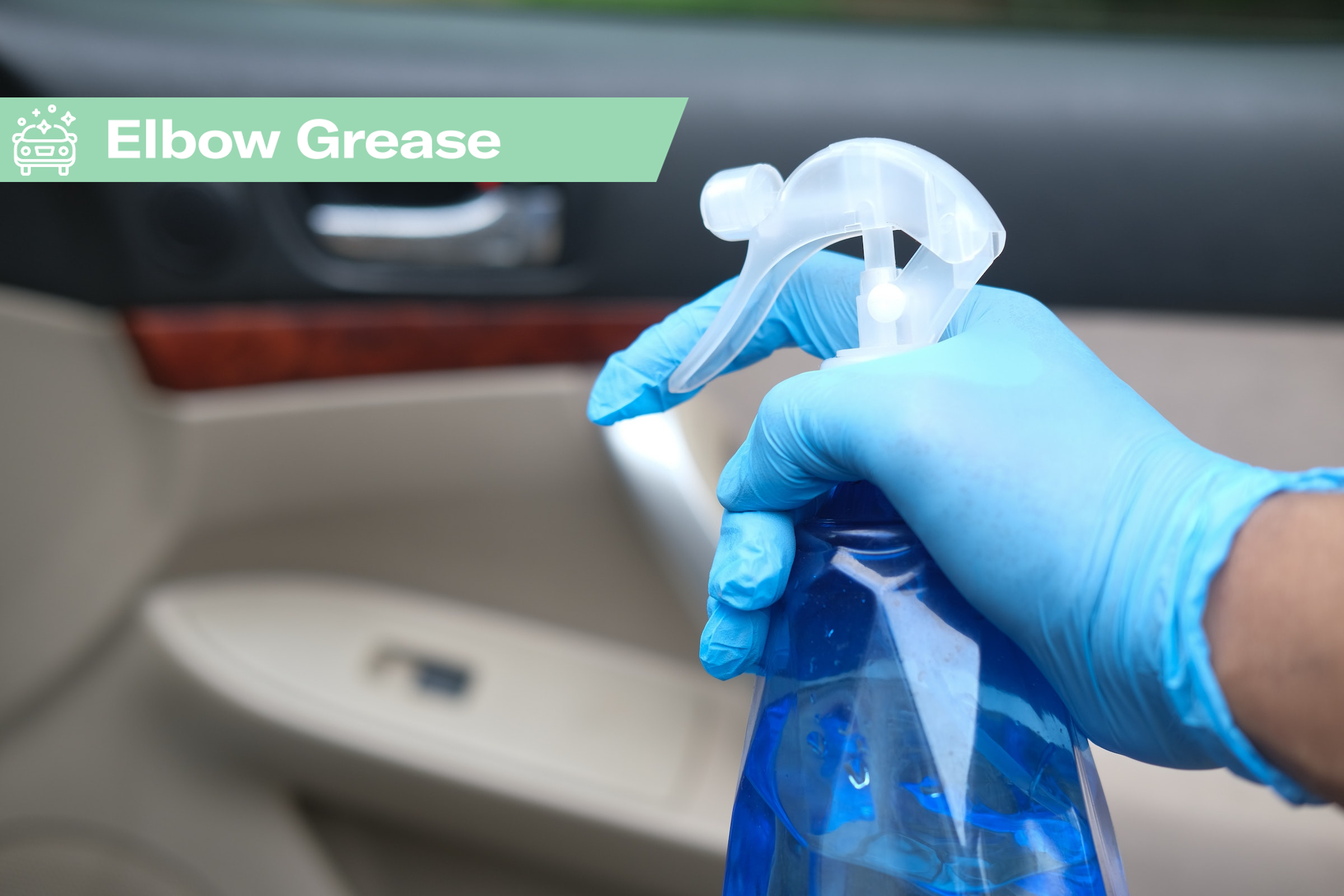Richard Tipper has been valeting cars of all shapes and sizes since 1989, and can spend up to a week detailing every inch of a car. He has gone through more cleaning accessories and products than you’ll find on the shelves of an automotive superstore. These are Tipper’s Tips for the Hagerty community.
Plastic trim can be subject to quite a lot of abuse, from UV damage to weathering to abrasion – and some of these factors can apply to both interior and exterior plastic trim. But there are numerous treatments and products you can use to clean and rejuvenate these parts of your car.

At its simplest, cleaning exterior plastic trim is done in much the same way as you would the rest of the car – there’s nothing specific about how to clean them, and I’ve covered the overall cleaning process in this column on several occasions.

You can get dressings specific to plastic though, which often come in spray form, or as a gel. What you need to know is that a dressing will eventually wash off, maybe even as soon as the first time you wash the car after applying it. Some of the better ones can hold on longer, maybe two or three washes – or even if you’re driving regularly in the rain.
More durable treatments are available however, and these tend to be known as coatings, rather than dressings. They have quite tough bonding agents that stick to the plastic. They can be quite liquefied and oily when you apply them, but then they cure, and leave the plastic looking quite shiny. If you’re applying to rubber (such as the spoilers on some older cars), coatings can sometimes be absorbed into the rubber, almost feeding it to give it a new look.
You need to be a little careful with some of the dressings, particularly inside the car, as silicone-based products tend to be slippery to the touch, and if they transfer to your fingers, you can then spread that onto other surfaces.

I’d tend to start with simply a warm, soapy, microfibre cloth to clean interior plastics, which is often enough to refresh them. Some dedicated interior cleaners are detergent-based, and some appropriate for fabrics can also be used on plastics. With those, you can either spray directly onto the surface, or onto a cloth first – the advantage of the latter is that the product won’t go everywhere.
The other thing to be cautious of with some of the dressings is that it can make plastics quite shiny, so you may want to avoid it on the top of the dashboard, to prevent glare. Again, here I’d be more inclined to wipe the top of the dash clean with first a soapy microfibre, then a dry cloth. Minor details – switches, or tight corners – can be handled by detailing buds or brushes (though be careful not to use brushes on instrument or touchscreen displays, to avoid scratching them).
And if you have a plastic steering wheel, a similar thing applies – any product with silicone might make it slippery or tacky to the touch, which isn’t ideal for a surface you’re handling all the time.
You can follow Richard Tipper on Twitter @perfectionvalet
Read more
Elbow Grease: Cleaning your car with minimal kit
Socket Set: To cover or not to cover your car?
5 reasons to own duplicate tools









